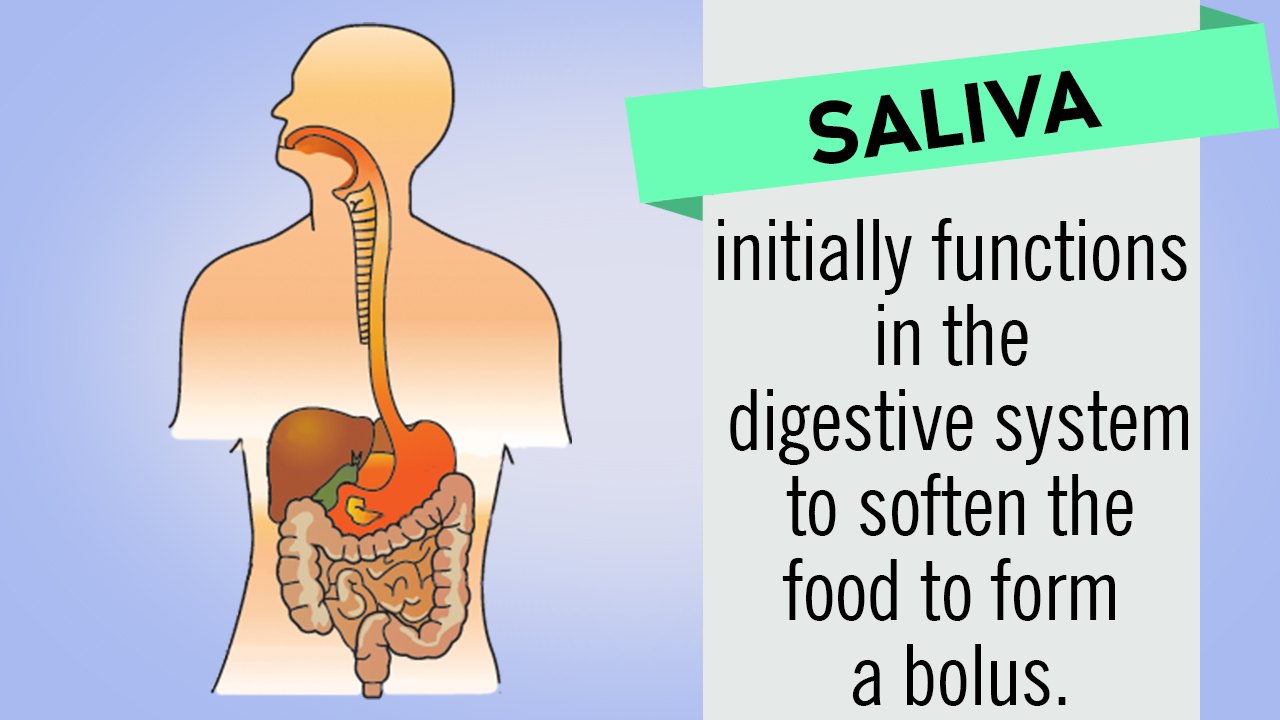
The digestive system is a vital bodily system that is responsible for processing the food ingested, absorbing necessary nutrients and water, and for eliminating waste materials from the body.
What happens to all the food that we consume? Where does it go? Our body has a digestive system, which is responsible for working on the food ingested. It is assigned with functions such as food digestion, nutrient absorption, and elimination of food waste in the form of feces. Given below is a brief overview of the digestive system parts and their functions.
The digestive system is made up of a continuous tube called the digestive tract or gastrointestinal tract, extending from the mouth to the anus, and some solid organs, such as the liver, gallbladder, and pancreas.
Mouth: Digestion begins in the mouth itself. The food is broken down into smaller pieces using the teeth. Chewing makes the job easier for the digestive juices in the stomach. Saliva formed in the mouth contains the enzyme called ptyalin, which breaks down the food. The tongue then rolls the masticated food into a ball, known as the bolus and pushes it to the posterior end of the mouth, and into the pharynx.
Pharynx: The pharynx is a five-inch long tube that serves as a common passage for both food and air. The pharynx allows the bolus from the mouth, to enter the esophagus, which is the next part of the digestive system.
Esophagus: The esophagus is a ten-inch long tube-like passage that connects the pharynx with the upper end of the stomach. The bolus from the mouth passes through the esophagus to reach the stomach. The upper and lower ends of the esophagus have sphincter muscles that prevent leaking of food from the stomach to the esophagus and the mouth. While swallowing, these muscles relax and allow passage of food and liquids.
Stomach: The stomach is a sac-like structure and happens to be the most dilated part of the digestive system. The primary function of the stomach is to collect and break down food. The stomach secretes gastric juice, which digests food like meat, eggs, and milk. However, gastric juice does not digest starch, sugars, and fats. It also secretes hydrochloric acid and pepsin enzymes. While certain types of food remain in the stomach for two to five hours after ingestion, liquids and other small particles get emptied fast. This partly digested food in the stomach is called chyme, which is then passed to the small intestine.
Small Intestine: Stretching from the stomach to the large intestine is the 20-feet-long small intestine, which is coiled in the central portion of the abdominal cavity. It is in this small intestine that the most extensive part of digestion occurs. The main functions of the small intestine include digestion and absorption of nutrients. The pancreas is a gland organ that is located behind the stomach, and is connected to the duodenum – the first part of the small intestine. The pancreas secretes hormones and digestive enzymes which help in digestion of food. Carbohydrates, lipids and proteins are broken down and digested. Moreover, the salts secreted by the liver and gallbladder work in coordination with pancreatic lipase and digest lipids.
Large Intestine: The large intestine is a five-feet long tube, which is subdivided into different parts such as the cecum, colon, and rectum. The function of the large intestine is to absorb water and mineral salts from the digested food received from the small intestine. Moreover, the friendly bacteria present in the colon produces vitamin K, which is needed for the body’s blood clotting process. The waste material or feces is stored in the sigmoid colon, from where it is passed to the rectum. It is from the rectum that the feces is excreted out of the body via the anus.
Anus: The anus or anal opening is the last part of the digestive system, through which feces is eliminated from the body.
You could draw a diagram of the digestive system and explain its function for kids. It will help them understand the process better.



